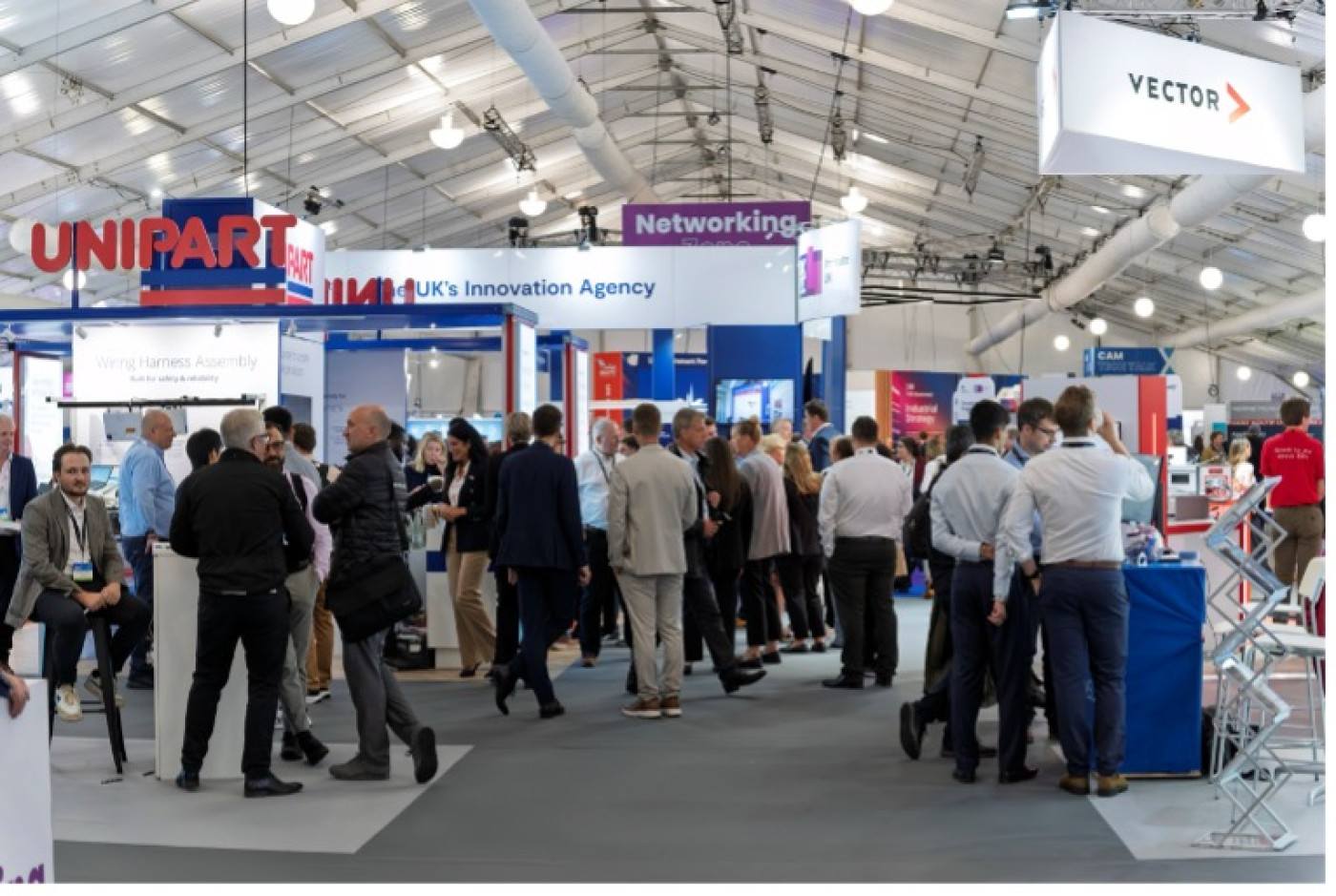Innovation and Collaboration Take Centre Stage at Cenex Expo 2025

Cenex Expo 2025 returned to UTAC Millbrook earlier this month, drawing almost 4,000 delegates from across the mobility, energy, and technology sectors for two days of high-impact collaboration. The event featured over 195 expert speakers across six theatres and more than 230 exhibitors showcasing the latest in Net Zero and Connected Automated Mobility (CAM) solutions.
Cenex Expo was opened by Rt Hon. Sarah Jones MP, the then Minister of State for the Department for Energy Security and Net Zero and the Department for Business and Trade (DBT), who set out the Government’s long-term vision for automotive growth. Minister Jones announced a new DRIVE35 funding competition, designed to bridge the gap between research and industrialisation, accelerate pilot-scale production, and fast-track emerging technologies to market.
“Through DRIVE35, we are launching a new scale-up initiative to address the so-called valley of death between R&D and industrialisation,” said Minister Jones. “This will fast-track new technologies, making our innovation capabilities a commercial reality.”
Day two featured a visit from Lilian Greenwood MP, then Minister for the Future of Roads, who toured key stands before travelling in a Zero-Emission Heavy Goods Vehicle (ZEHID) to the train station, demonstrating the progress being made in decarbonised freight transport.
Spotlight on Innovation and Industry Collaboration
The Cenex Expo exhibition floor and outdoor demonstration area were once again a showcase of world-first innovations and industry partnerships announcements, including:
Equipmake revealed the ZEPA V2V, a vehicle-to-vehicle charging system allowing electric fire engines to run continuously with zero emissions by drawing power from another vehicle. Developed with Emergency One, London Fire Brigade, and Cenex, and funded by DBT via the APC, trials are set to begin later this year.
Alexander Dennis debuted its autonomous electric bus – the Enviro100AEV. Two buses will begin trial services in Cambridge this autumn, linking park & ride sites with the Biomedical Campus. Powered by Fusion Processing’s CAVStar system, the project is CCAV-funded and will run until March 2026 to test real-world CAM operations.
The Faraday Institution announced a £9 million investment in two new research projects starting October 2025. The work will advance battery formation, ageing, and testing to cut gigafactory production time and energy use, while developing next-generation Li-rich 3D cathode materials to boost performance and sustainability in UK battery manufacturing.
Major aviation players, including International Airlines Group (IAG), Heathrow Airport, Aer Lingus, along with tech developers Aurrigo and Fusion Processing, launched the Airside Automation Group. Convened by Zenzic, the coalition unites airlines, airports, regulators, and tech innovators to accelerate CAM adoption, transform airside operations, and position the UK as a global leader in airport automation.
Quattro Plant, EV Parts, and iNetic Traction unveiled a fully electric mobile elevated work platform (MEWP) for construction, delivering zero emissions, advanced telematics, and vehicle-to-load power. The upcycled machine offers a quieter, cleaner, and sustainable alternative to diesel equipment, with strong results in field trials.
A consortium led by FR8 Technology unveiled the UK’s first walk-in heavy-duty electric truck, the Ultra-Low Floor Electric Truck, which redefines urban logistics with safer, faster, and more efficient deliveries. Featuring a revolutionary ultra-low step design and FR8 e-
DRIVE technology, it boosts productivity by 30%, increases payload by up to 1,000kg, and offers 50% more cargo space.
Seminar Programme Delivers Insights to Shape the Future of Mobility
The six-theatre seminar programme delivered forward-looking, practical insights into the challenges and opportunities shaping the future of mobility. With a strong focus on delivery and scale-up, sessions explored the UK’s path to commercialising Connected Automated Mobility (CAM) following the UK Automated Vehicles Act (2024), strategies for decarbonising heavy goods vehicles and fleets, and the creation of circular, resilient supply chains for vehicle electrification.
Delegates also gained a glimpse into emerging innovations, from hydrogen mobility breakthroughs to AI-driven solutions and software-defined vehicles, alongside discussions on equitable charging infrastructure and next-generation energy networks.
High-profile speakers, including Mike Hawes (SMMT), Tom Adeyoola (Innovate UK), Ian Constance (APC), and Graham Zebedee (DBT), provided strategic insights on how policy, technology, and investment must align to accelerate the UK’s transport transition.
Robert Evans, CEO of Cenex, reflected on the event: “Cenex Expo 2025 was a powerful demonstration of the UK’s position as a leader in clean and connected transport innovation. With a fantastic attendance and a dynamic mix of speakers, exhibitors, and live demonstrations, we’ve shown what collaboration can achieve. The conversations and partnerships sparked here will help take innovation from pilot to scale, driving meaningful progress towards Net Zero and a smarter, more sustainable transport future.”